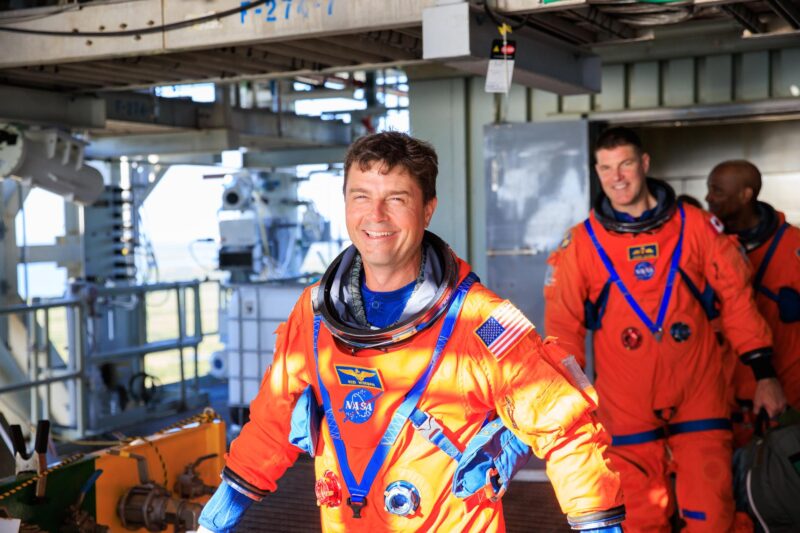
The first part of AmericaSpace’s in-depth interview with Reid Wiseman, covering the flight crew selection process, Wiseman’s Navy career, and his approach to leadership, can be found HERE.
Reid Wiseman’s Artemis II crew includes naval aviator Victor Glover, electrical engineer Christina Koch, and Canadian pilot Jeremy Hansen. All four astronauts’ expertise will be required to complete the task which lies ahead of them. Wiseman and his crew will be travelling further from Earth than any humans have flown in over fifty years. Their mission will be the first crewed flight of Orion, and they will address a host of technical and scientific objectives. However, Wiseman believes that the overarching purpose of Artemis II is to lay the groundwork for future voyages of exploration. “The next mission will have four of our best friends on it, and they are potentially going to the lunar surface. When we come out of Artemis II, we don’t want them to even think about Orion. We want them to be able to focus on landing.”
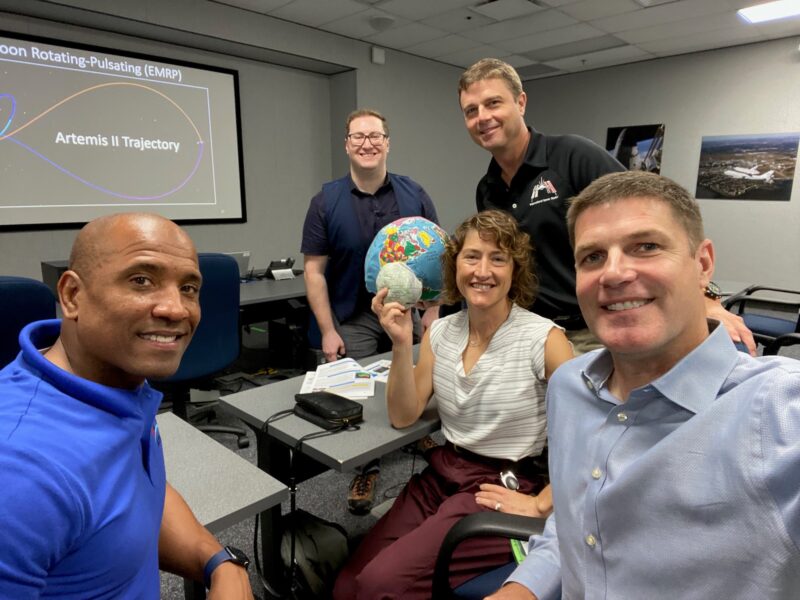
Thus far, the Artemis II training flow has been relatively smooth, despite the novel objectives of the flight. Wiseman provides an outline of the current status of the training process and the forthcoming activities which the crew will complete prior to their mission. “(Artemis II) is the first crewed flight of a vehicle, so not everything is polished ahead of time. We have our core systems training, which is led by Jacki Mahaffey, our chief training officer. She has done an amazing job getting everything ready. We sit in classroom activities, and we learn about each system from our flight control experts. That has gone far better than I thought – the content which they have developed is very polished. Then, we’re going to move into simulators, and along with the flight control team, we are going to begin to develop all of the procedures which the crew will run during the mission. We are also (working with) all of the engineering teams at Lockheed in Denver, in Houston, and at the Cape. We are running tests in their higher-fidelity simulators that are running the actual flight software, with the exact wire length between the computers and the same flight computers which will fly on Orion.”
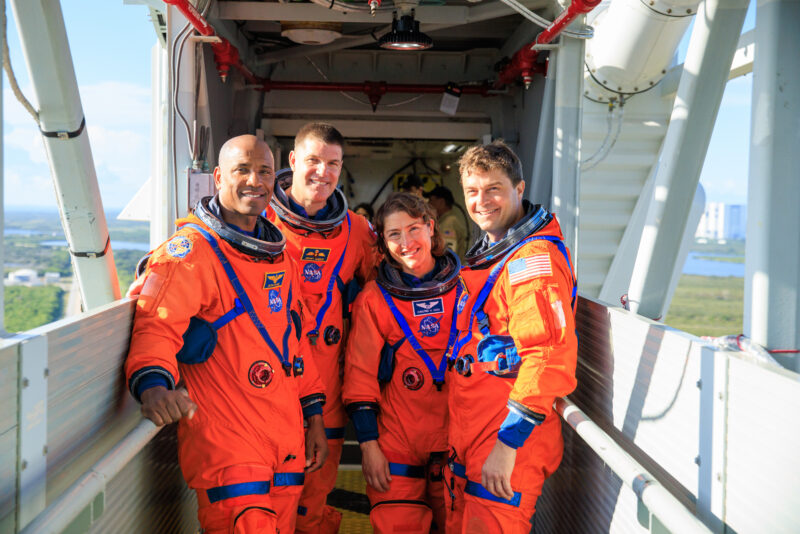
One particularly visible test was completed last Wednesday. Wiseman, his crew, and their support team completed a rehearsal of the Artemis II launch countdown at the Kennedy Space Center. The astronauts donned their orange crew survival suits, rode to the launch pad in two new electric “Astrovans,” and ascended to the top of the SLS Mobile Launcher. “My mindset going in was that we’re here to represent the crew so that the launch control team, led by Charlie Blackwell-Thompson, can see how this process flows together,” says Wiseman. “We got so much out of that test. We have been launching Crew Dragon for the past few years, and we launched a ton of Space Station missions on the Space Shuttle, but this really opened our eyes to a few things that we are going to need (to do) a bit differently on this mission.”
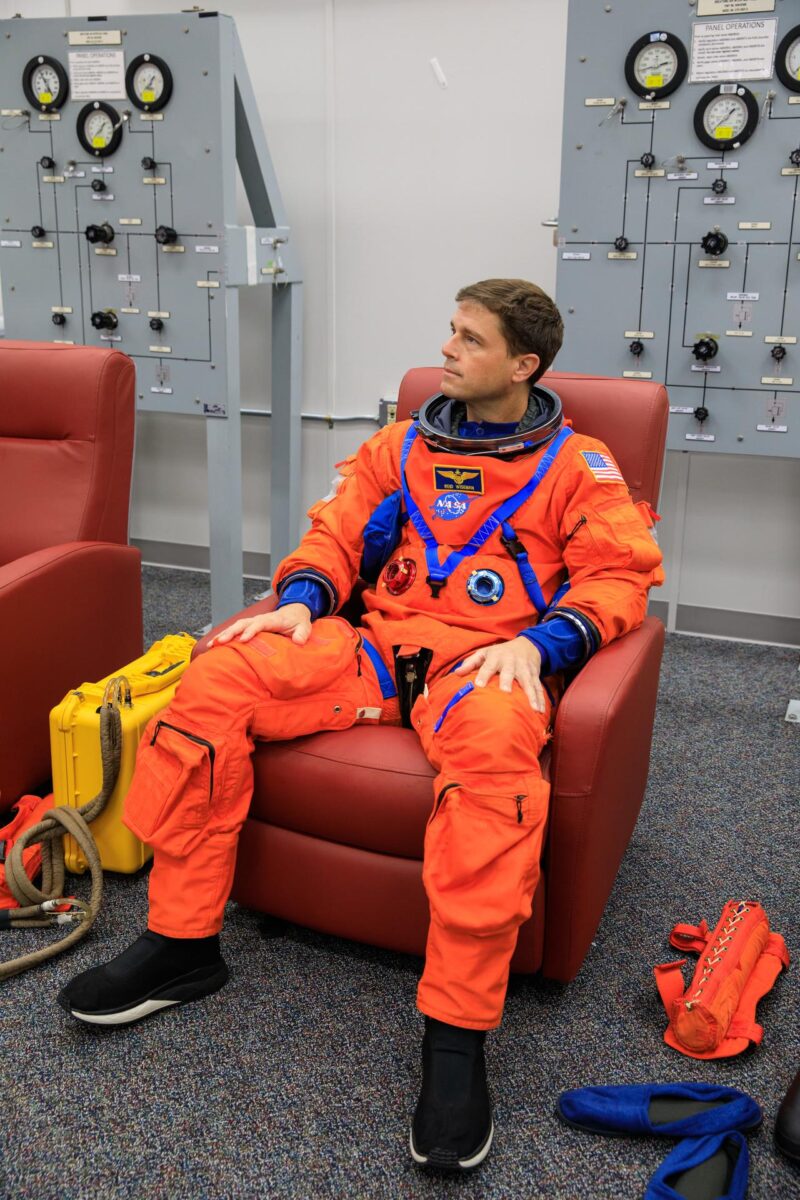
According to Wiseman, the astronauts savored every moment of the experience. “They have the video of the whole test, and I am still trying to find a moment when we are not smiling. It was awesome. We had the convoy, and we had the Mobile Launcher at Pad 39B. The only thing we were missing was a rocket. We went out to the pad, we went all the way up the Mobile Launcher to the 274-foot level, and we went out to the White Room,” a sealed chamber where they will board their spacecraft on launch day. “There wasn’t a rocket there – if we had stepped out the little cloth hatch, we would have fallen a long way. We came back down, we got in the cars to go back, and Jeremy said, ‘I was pretty patient. I didn’t mind waiting to fly. But now, I’m really impatient – I want to go!’ You just had that visceral feel – it felt so real, it felt so good.”
Wiseman is particularly grateful to the technicians who will help his crew ingress Orion prior to their launch. “Everyone is focused on the four people in orange space suits, but golly, I wish you could be in the White Room and see the other guys who were up there with us – Taylor, Bill, Ricky, and Christian – these are amazing Americans.”
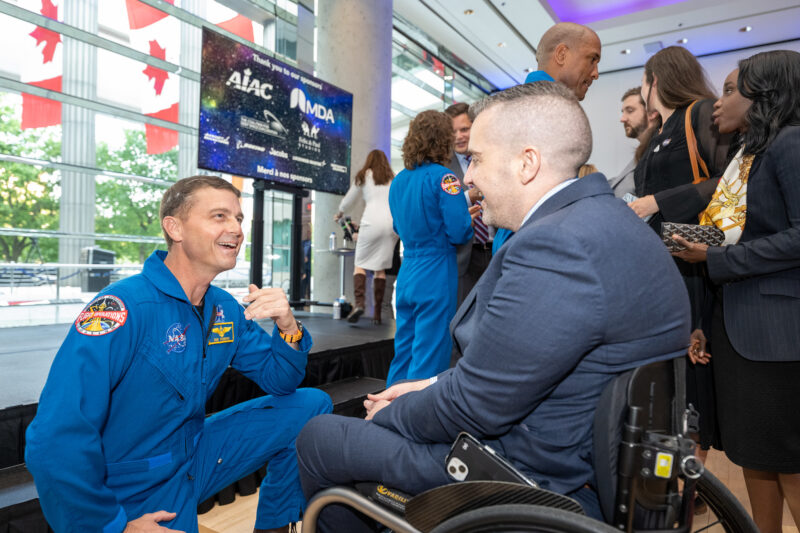
One of Wiseman’s most visible character traits is his willingness to share credit and opportunities with others. This is particularly evident when he describes his strategy for testing Orion’s manual flight controls. During the Space Shuttle era, the commander would typically fly the entire mission profile. The pilot would only control the orbiter if a Space Station fly-around was scheduled, and mission specialists were typically passengers. Wiseman plans to take a different approach during Artemis II. “I have the honor of sitting in the left seat for ascent and for entry. To me, that’s plenty. I want every other person in Orion to fly the ship. My hope is that, after we get to orbit, I will vacate my seat and Victor will slide over. He will do the rendezvous and proximity operations demonstration” with SLS’ spent upper stage.
“We’ll get Christina some reps on the controls as well. It’s very important to me that she flies the spacecraft, especially as a non-test pilot – it’s important to get her input and feedback on this. I want to have Jeremy do some of the manual targeting and manual orientations before we do our TLI (trans-lunar injection) and perigee raise burns.” Wiseman emphasizes that the details of this plan might change as NASA continues to develop the Artemis II mission profile. Regardless, he is committed to giving every crewmember an opportunity to fly Orion.
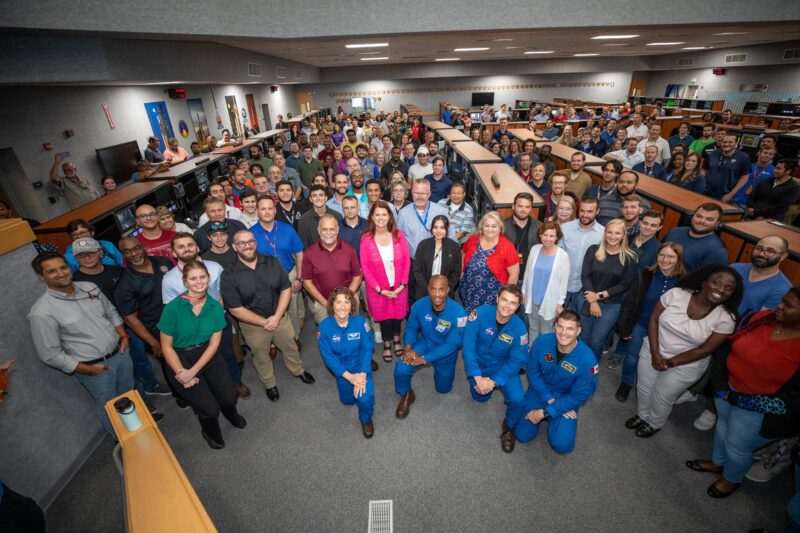
While a significant amount of attention will be focused on the manual flight demonstration, Wiseman believes that other objectives are even more important. “What can we do to make Artemis III, IV, and V more efficient? How does this vehicle perform with four people onboard? How do you sleep? How do you live in this thing? How does the environmental control and life support system work? We are also going to exercise every single manual system, all the way down to introducing nitrogen and oxygen into the atmosphere using the manual valves. We want to test out every single backup capability which we can get our hands on.”
The Artemis II astronauts are primarily focused on the objectives of their mission, but they have not forgotten the more symbolic elements of space exploration. One of the most recognizable icons of any human spaceflight is its mission patch, which is always designed by the crew. “We are working with an artist on the patch,” says Wiseman. “We have our first iteration. We just had our second meeting with him, so we are working on a second iteration. But I will tell you that it will probably be pretty simple.” Wiseman’s plans for a simple yet elegant emblem align with some of NASA’s most recognizable symbols, including the iconic Apollo 11 mission patch.
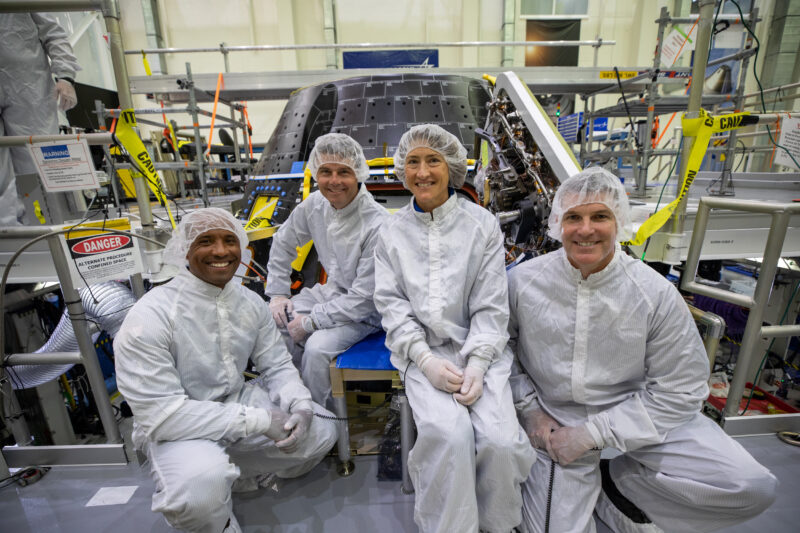
Another longstanding tradition is the selection of a name for a new crewed spacecraft. Wiseman states that the Artemis II crew is currently brainstorming ideas for the name of their Orion spacecraft. “We do have a dry erase board covered in names. It is important to us to pick the right name for the first crewed mission of Artemis and to project this into the future – into (the exploration of) the Moon and Mars.” He adds that the name will also need to represent the NASA engineers who built the capsule. “We were down at Kennedy, and we were inside Orion (with an engineer). This guy was really young. He said, ‘I’ve been sitting in here for longer than your mission duration. You will be up there for 9.2 days, but I’ve been in this thing for hundreds of hours doing all of the wiring.’ I started to realize that everyone down there refers to it as ‘The Ship.’ I love that. Much like how I think of the Tomcat, the young men and women working on this vehicle have a complete and personal attachment to ‘The Ship.’ They spoke of it so endearingly.”
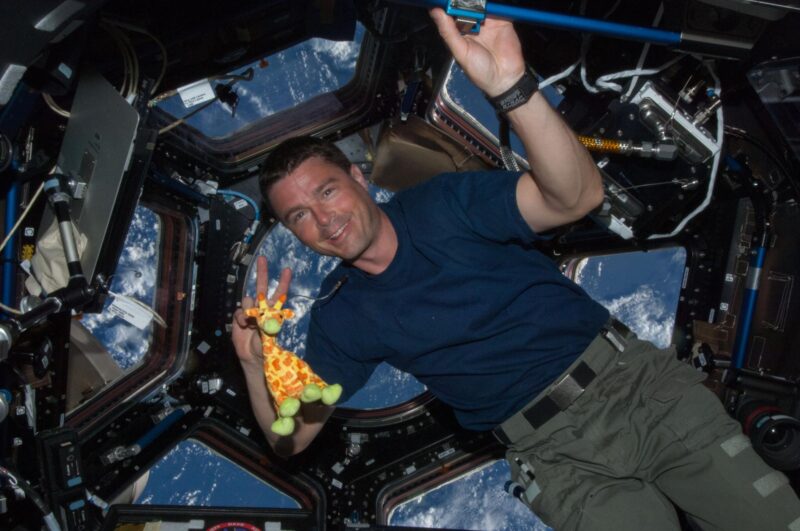
Wiseman describes himself as a “lover of life.” His personal philosophy is, perhaps, the most remarkable aspect of his character. Even in the face of tragedy and adversity, he remains kind, optimistic, and exuberant. “At the end of the day, we have only one shot at this. If somebody’s car is broken on the side of the road, you can help them out. If somebody can’t reach their luggage in the overhead bin, you should grab it for them. I think those simple acts of kindness are great. And then, cherishing every sunrise, cherishing green grass and birds and walking in nature, and just trying to understand why we’re here and what we’re doing. I think all of those are just worthy things for a human to do. We shouldn’t take ourselves too seriously. Try to conserve what we have; try to be good people. We don’t always need to love each other, but we should always help each other out. Whenever you see someone in need, if you can do one simple thing a day, I think you’ve done a good service. You can be mad about everything, or you can be okay about everything. One of those paths brings peace, and one of those paths doesn’t.”
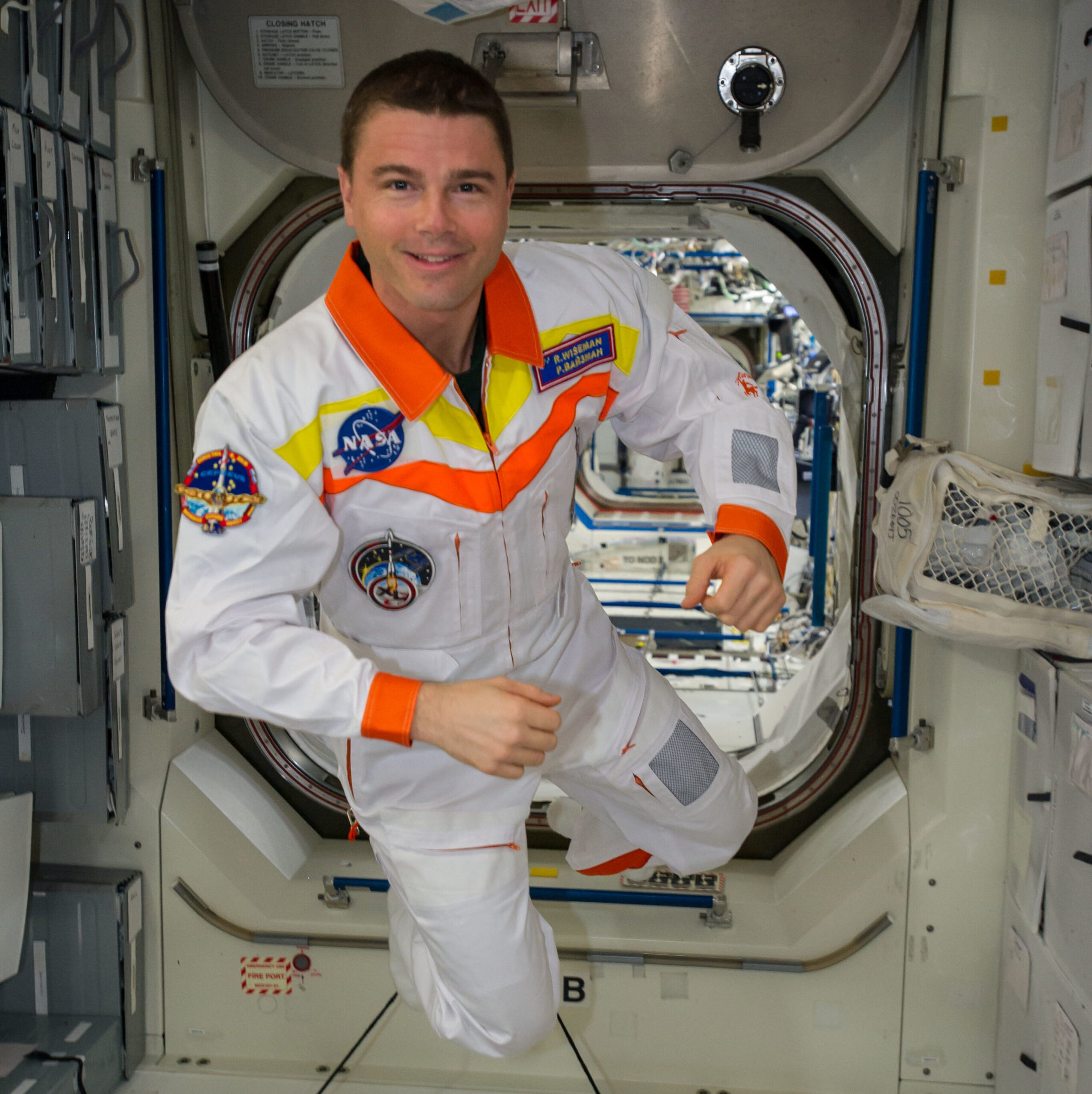
If there is one thing which our interview with Reid Wiseman revealed, it is that NASA selected the right person to lead America’s return to the Moon. Wiseman has accumulated a unique set of experiences in aircraft and in spacecraft, which give him a valuable basis of experience to draw upon during Artemis II. However, beyond that, he is an outstanding ambassador for humanity. His open, genuine demeanor distinguishes him as a person we all can relate to. His collaborative approach to leadership allows his entire crew to succeed as a united team. With Wiseman at the helm, there is no question that Artemis II will become a seminal milestone in the exploration of the universe.




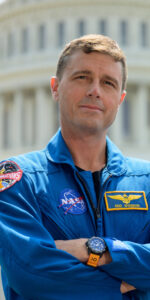
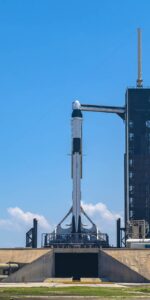
5 Comments
5 Pings & Trackbacks
Pingback:The Boosters, the Core Stage, and the Capsule: Artemis 2 Hardware Takes Shape - AmericaSpace
Pingback:SpaceX’s New Design for Lunar Starship Unveiled - AmericaSpace
Pingback:SpaceX’s New Design for Lunar Starship Unveiled - SPACERFIT
Pingback:2024: Year of the Moon - SPACERFIT
Pingback:Artemis Recovery Team Ships Out for Splashdown Rehearsal - SPACERFIT